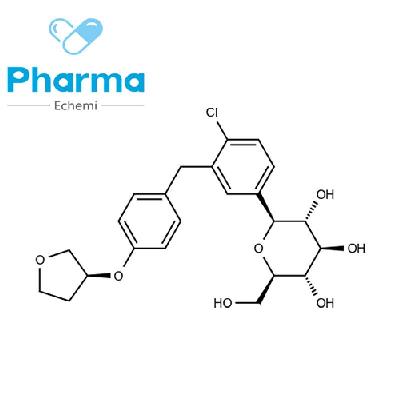-
Categories
-
Pharmaceutical Intermediates
-
Active Pharmaceutical Ingredients
-
Food Additives
- Industrial Coatings
- Agrochemicals
- Dyes and Pigments
- Surfactant
- Flavors and Fragrances
- Chemical Reagents
- Catalyst and Auxiliary
- Natural Products
- Inorganic Chemistry
-
Organic Chemistry
-
Biochemical Engineering
- Analytical Chemistry
-
Cosmetic Ingredient
- Water Treatment Chemical
-
Pharmaceutical Intermediates
Promotion
ECHEMI Mall
Wholesale
Weekly Price
Exhibition
News
-
Trade Service
Background: Thyroid-associated eye disease (TAO) is an organ-specific autoimmune inflammatory disease characterized by inflammatory cell infiltration, extraocular muscle and fat hyperplasia, and mucopolysaccharide deposition, mainly manifested by eyelid retraction, eyelid lag, proptosis protrusion, extraocular muscle limitation, exposed keratopathy, and optic neuropathy
.
In recent years, elevated intraocular pressure, the so-called high intraocular pressure, has been found to be an important clinical feature
of TAO.
OHT mainly refers to dysfunction in the production and expulsion of aqueous humor, such as primary glaucoma
.
In TAO, increased suprascleral venous pressure due to an increase in the volume of orbital contents is considered the main cause of
OHT.
In any case, long-term OHT can lead to compression of the retinal fiber layer, which ultimately leads to functional vision loss and blindness
.
So far, there have been few studies on the incidence, risk factors, and treatment outcomes of OHT in TAO, so the study of OHT in TAO is very interesting and valuable
.
Intravenous corticosteroids (GC) are considered first-line therapy
in patients with moderate to severe active TAO.
GC therapy is safe and effective in reducing TAO's Clinical Activity Score (CAS) and has beneficial effects on diplopia and bulging due to its anti-inflammatory and antiimmune effects
.
However, the therapeutic effect of GC on OHT has not been reported
.
Conversely, GC has been shown to cause OHT
in some cases.
As a result, concerns about OHT tend to erode physicians' confidence
in GC treatment.
Objective: In this regard, we conducted this study to investigate the prevalence and risk factors of OHT and the effect
of GC treatment on OHT in moderately to severely active TAO.
Methods: A total of 68 patients with active moderate to severe TAO were treated with GC for 12 weeks, clinical and biochemical indexes were collected, and the efficacy after GC treatment was evaluated
.
Results: The prevalence of OHT in moderately to severely active TAO patients was 44.
85%, including 81.
97% of mild hypertension, 13.
11% of moderate hypertension and 4.
92
% of severe hypertension.
There were no significant differences in age, sex distribution, smoking status, type of thyroid disease, course of disease, duration of ocular symptoms, FT3, FT4, TSH, Tr-Ab, TPO-Ab, and TG-Ab between OHT patients and non-OHT patients (all P>0.
05).
After GC treatment, intraocular pressure in OHT eyes decreased significantly (P<0.
05), while intraocular pressure in non-OHT eyes did not change significantly (P>0.
05).
There was no significant difference in the effective rates of CAS and GC between OHT and non-OHT eyes (P>0.
05
).
Table 1 Clinical and biochemical features of patients with OHT versus those without OHT
Table 2 Intraocular pressure before and after GC treatment
Table 3 CAS before and after GC treatment
Table 4 Response of OHT and non-OHT eyes to GC therapy
Conclusion: The prevalence of OHT in patients with moderately to severe active TAO is 44.
85%, mainly mild hypertension, GC treatment can alleviate OHT, but does not affect the efficacy of GC treatment, and the results of this study will enhance doctors' confidence
in GC treatment.
Tang C, Liang L, Zheng X, et al.
Glucocorticoid therapy reduces ocular hypertension in active moderate-severe thyroid-associated orbitopathy BMC Endocr Disord 2022 Sep 23; 22(1)







